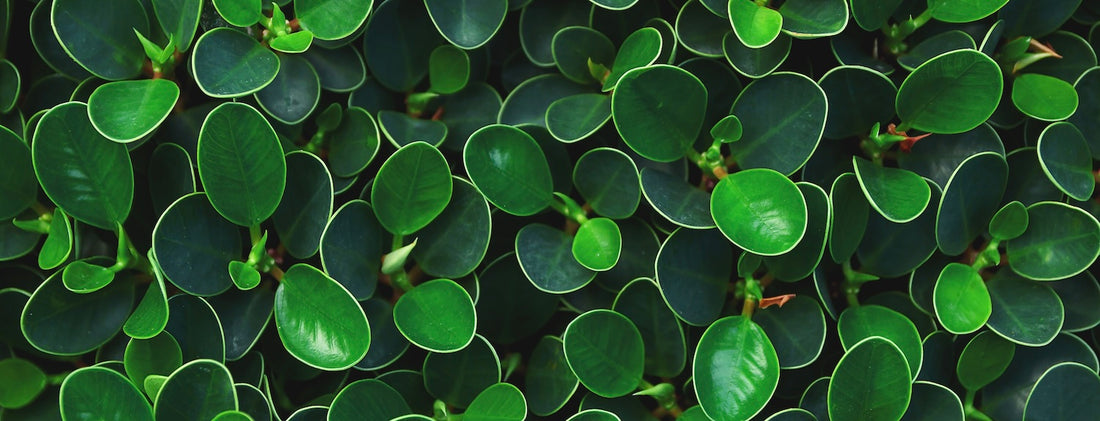Terpenes are a large and diverse class of organic compounds, produced by a variety of plants, particularly conifers, and by some insects. They often have a strong odour and may protect the plants that produce them by deterring herbivores and by attracting predators and parasites of herbivores.
Terpenes and terpenoids are the primary constituents of the essential oils of many types of plants and flowers. Essential oils are used widely as fragrances in perfumery and traditional medicine, such as aromatherapy. Synthetic variations and derivatives of natural terpenes and terpenoids also greatly expand the variety of aromas used in perfumery and flavours used in food additives. Diterpenes (or Di-Terpenes) are in the terpene class of organic compounds.
Diterpenes are not alkaloids but non-nitrogenous natural substances composed of four isoprene groups. They are related to the monoterpenes and sesquiterpenes and belong to the terpene group.
Diterpenes occur in numerous plants and several essential oils.
Some diterpenes regulate plant growth.
Termites, sponges (Spongia spongens L.), and coelenterates contain bioactive diterpenes that have inhibiting effects for certain forms of bacteria (Buchbauer et al. 1990, 28).
There are even sweet tasting diterpenes, such as the natural sweetening agents in Stevia rebaudiana, the leaves of which are used to make the popular sugar-free Stevia sweeteners that are commonly found on supermarket shelves as health conscious sweeteners. (cf. Ilex paraguariensis)
Diterpenes have undergone a great deal of research in recent years with the increase of therapeutic natural products available for consumer use. There has been a focus on naturally occurring anti-spasmodic phytochemicals as potential therapy for cardiovascular diseases.
Naturally occurring diterpenes exert several biological activities such as anti-inflammatory action, antimicrobial and antispasmodic activities. Several diterpenes have been shown to have pronounced cardiovascular effects, for example, grayanotoxin I produces positive inotropic responses, forskolin is a well-known activator of adenylate cyclase, eleganolone and 14-deoxyandrographolide exhibit vasorelaxant properties and marrubenol inhibits smooth muscle contraction by blocking L-type calcium channels. Diterpenes likely fulfil the definition of a pharmacological preconditioning class of compounds and give hope for the therapeutic use in cardiovascular diseases.
The first psychoactive diterpene to be discovered was Salvinorin A. It is very likely that there are other psychoactive diterpenes that have not yet been isolated, pharmacologically tested, or chemically described. Some psychoactive alkaloids are diterpene derivatives. Aconitine, the primary active constituent in Monkshood (cf. Aconitum ferox, Aconitum napellus), is a diterpene alkaloid. Diterpene alkaloids also occur in Delphinium and Spiraea.
References:
Reid 1979 diterpenes in nictiana species and N. tabacum cultivars In the biology and taxonomy of the Solanaceae ed. J. G Hawkes, R. N Lester and A. Skelding, Ratsch encyclopedia of psychoactive plants, ParkStreet Press.
Diterpenes: A Therapeutic Promise for Cardiovascular Diseases (https://pubmed.ncbi.nlm.nih.gov/18221123/) - Carlos R Tirapelli, Sergio R Ambrosio, Fernando B da Costa, Ana M de Oliveira
Wikipedia: https://en.wikipedia.org/wiki/Terpene




